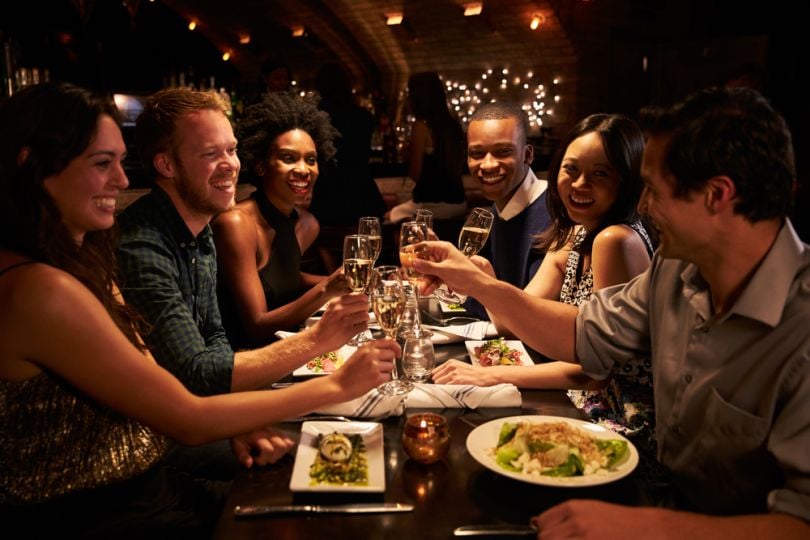
As restaurants compete for your dollars, they are using sophisticated data science to know without asking if you really want fries with that.
California-based salad chain Sweetgreen Inc.’s mobile app is a window to consumer preferences, allergies and tastes for the restaurant’s guests, enabling the company to display customized in-app selections with respect to stated dietary restrictions.
CEO Jonathan Neman tells the Wall Street Journal that this is only the beginning of the company’s aspirations for their collected data.
“We’re trying to understand what’s underneath food choices: Do you like beets because of their sweetness or crunchiness?” Neman says. “We want to crack the code around food decisions.”
According to food industry advisor David Portalatin, the stagnant state of restaurant traffic has prompted an industry-wide move towards menu fine-tuning in a bid to make superior customer experience a differentiator. Big data via mobile apps and digital reservation systems has allowed chains to craft pleasing dining experiences in a way that was once reserved only for independent establishments.
While loyalty apps are commonplace, the data from these programs provide an incomplete picture. They attract a highly engaged segment that represents the type of customers who are already itching to return. Furthermore, loyalty program data is often less granular, so customers sometimes receive offers irrelevant to their tastes, further muddling metrics.
“Savvy restaurant operators leverage today’s technology to turn POS and marketing data into actionable knowledge that can yield positive business results."
Conversely, mobile-order apps have the advantage of individual purchase tracking. Industry analysts believe this informed Starbucks Corp.'s decision to open its mobile app to all customers in March.
The app, which was previously limited to members of its Starbucks Rewards loyalty program, now provides the company access to another 60 million monthly customers whose data had slipped through the cracks. Similarly, Starbucks made email log-in mandatory for in-store Wi-Fi usage and customers must now make digital check-ins for afternoon “Happy Hour” promotions, unlocking new streams of data for the company.
“Savvy restaurant operators leverage today’s technology to turn POS and marketing data into actionable knowledge that can yield positive business results,” says Hudson Riehle, SVP of Research of National Restaurant Association, in a report.
The industry’s appetite for big data shows no signs of waning.



